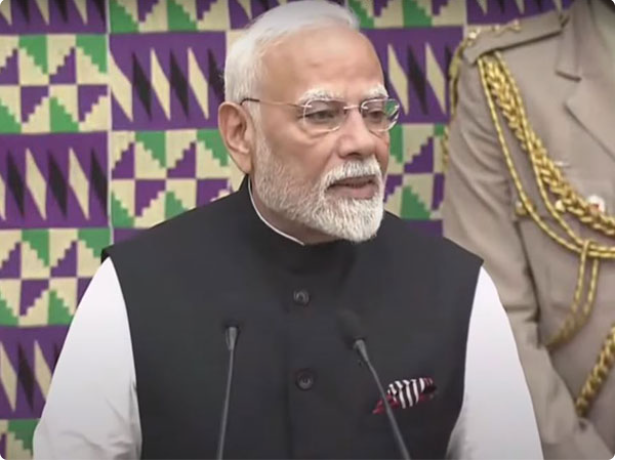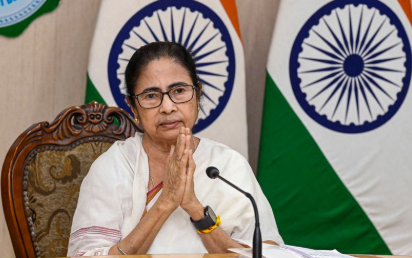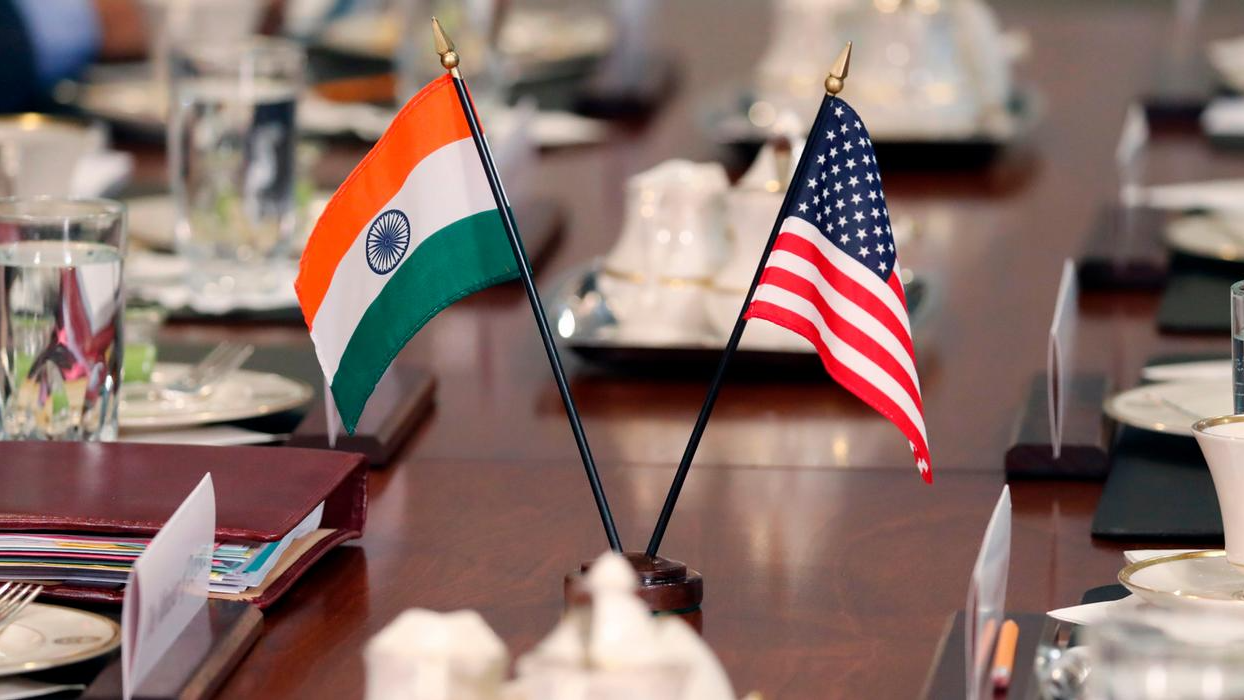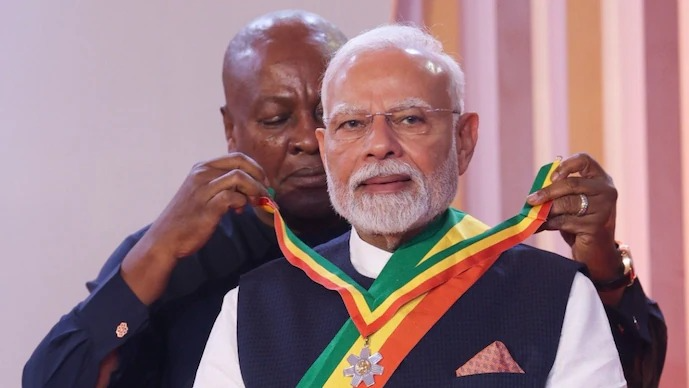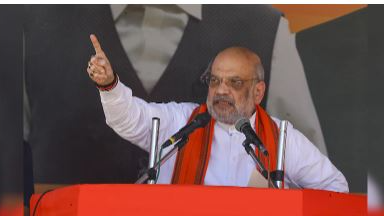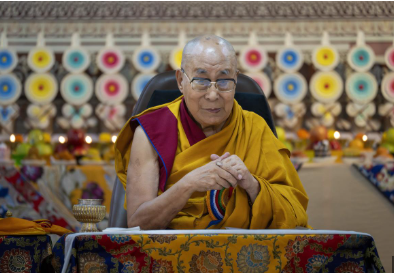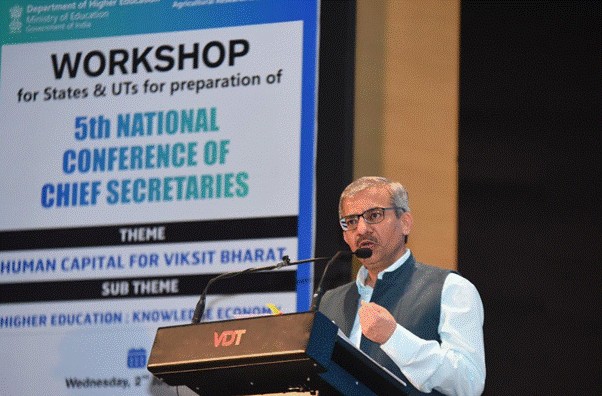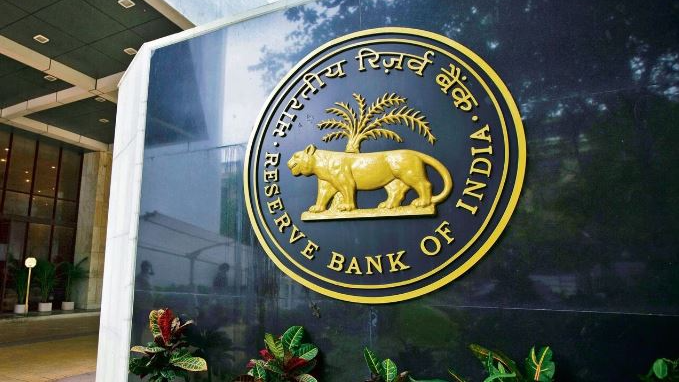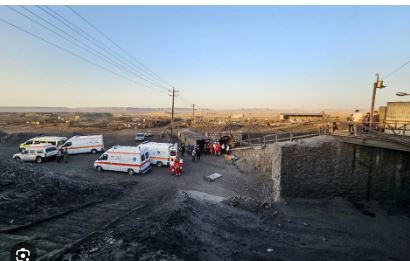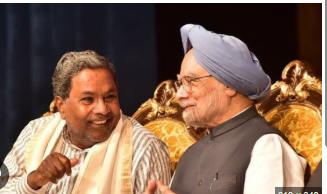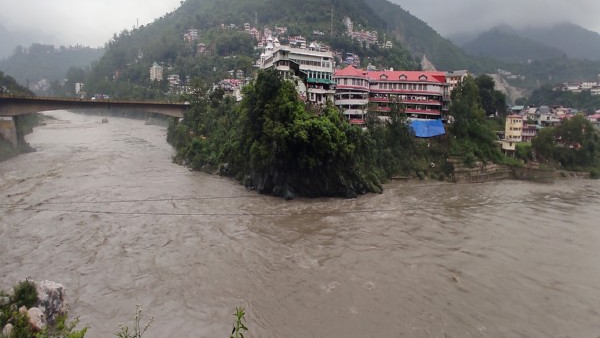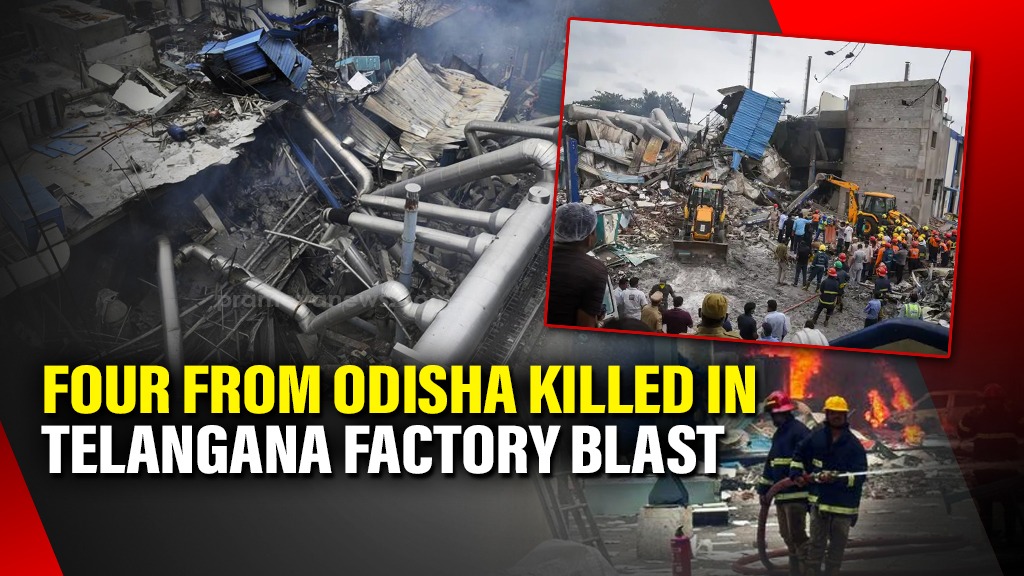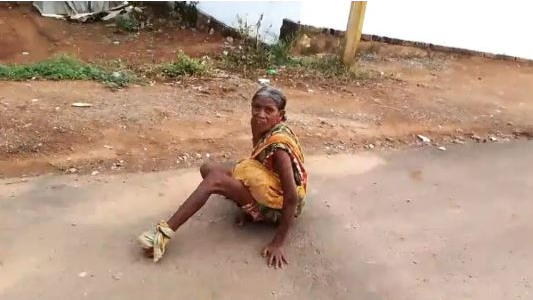Kejriwal urges people to avoid visiting river banks after Yamuna water-level rises
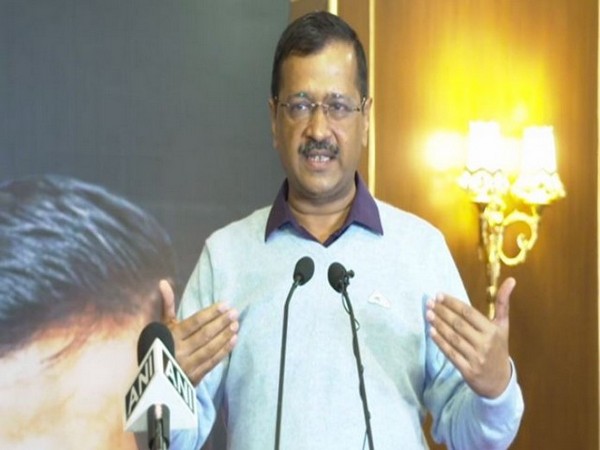
New Delhi, Aug 14: Delhi Chief Minister Arvind Kejriwal on Sunday advised people to avoid visiting the river banks after Yamuna's water level touched the danger mark of 205.33 metres. Appealing people to cooperate with the administration, Kejriwal said adequate arrangements have been made for the people living near the Yamuna river. "The water level of Yamuna has increased in Delhi. I appeal everyone to please avoid going near the river. We have made adequate arrangements for the people living near Yamuna. Cooperate with the government and administration. We are monitoring the situation and are ready to deal with any situation," Kejriwal tweeted. His tweet came after Transport Minister Kailash Gahlot tweeted: "In view of the rising water level of Yamuna, all the agencies have been put on high alert. There is an appeal to the people to stay away from the river. We are monitoring the situation under the leadership of CM Arvind Kejriwal. Camps have been set up for the displaced, where necessary arrangements have been made for their accommodation and food." The water level in Yamuna has touched the danger mark of 205.33 metres. However, the water level at Old Railway Bridge (ORB) was 205.92 metres on Saturday. Delhi government has put all the concerned Districts Magistrates, Irrigation and Flood Control (I&FC) department, Delhi Disaster Management Authority (DDMA), Delhi Police and other stakeholders on high alert. The government has asked the concerned authorities to effectively deal with the flood situation in coordination with each other. It has also deployed civil defence volunteers (CDVs) to evacuate and shift the affected people to safer places. The CDVs are working hard to alert people living in the low-lying areas about the situation. The Central Water Commission (CWC) on Thursday had issued an advisory stating that the water level in Yamuna at Old Railway Bridge (ORB) would reach the level of 205.65 metre because of heavy release of water which amounted to as high as 2,21,781 cusec per hour from Hathnikund Barrage. As per the state hovernment's estimation, the flood-like situation may affect 36,746 people in the capital city. Approximately 4,500 people are supposed to be affected in the North district, the number of such people are between 6,600-8,200 in the NorthEast district. Similarly, in the Central and Shahdara districts, the number of such people may be approximately 6,670 and 608 respectively and in the East and SouthEast district 12,739 and 4,080, respectively. Seeing the rising flood-situation, the Delhi government has evacuated a total of 7,720 people, that includes 2,095 from the NorthEast, 5,000 from the East and 625 from the SouthEast districts.
Latest News

Vigilance raid: Talcher ASI caught taking brib...

Assault on BMC official: OAS officers to resum...

Air India Crash: UK Families Retain Law Firm f...

PM Modi gifts silver filigree purse to Ghana’s...

Beyond Diplomacy: PM Modi's Visit to Trinidad...

Gill's 269 Sets the Stage, Bowlers Strike Thri...
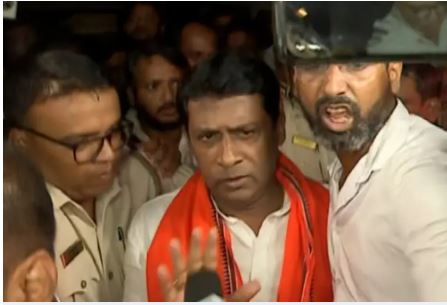
Assault of BMC Addl. Commissioner row: Jaganna...
Copyright © 2024 - Summa Real Media Private Limited. All Rights Reserved.








